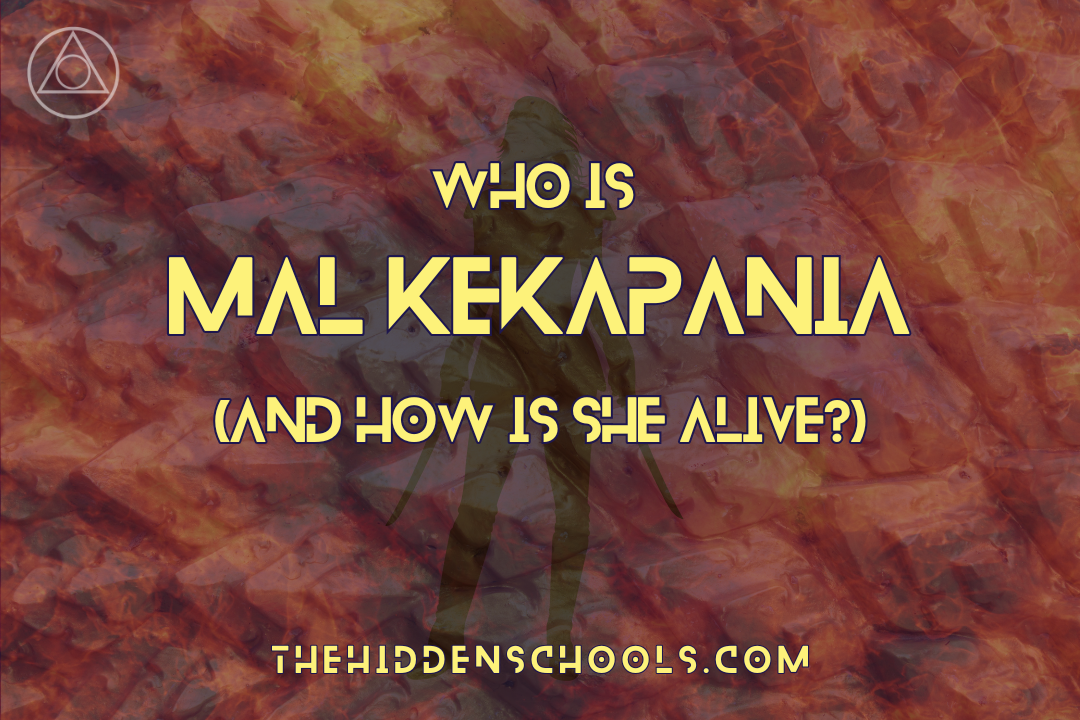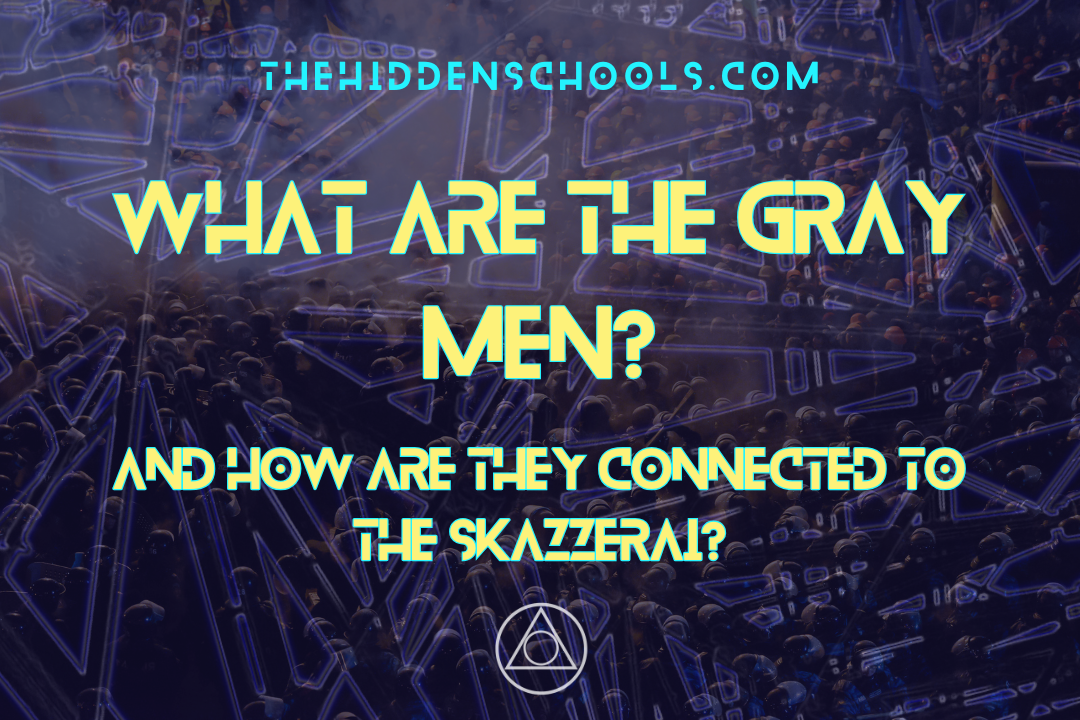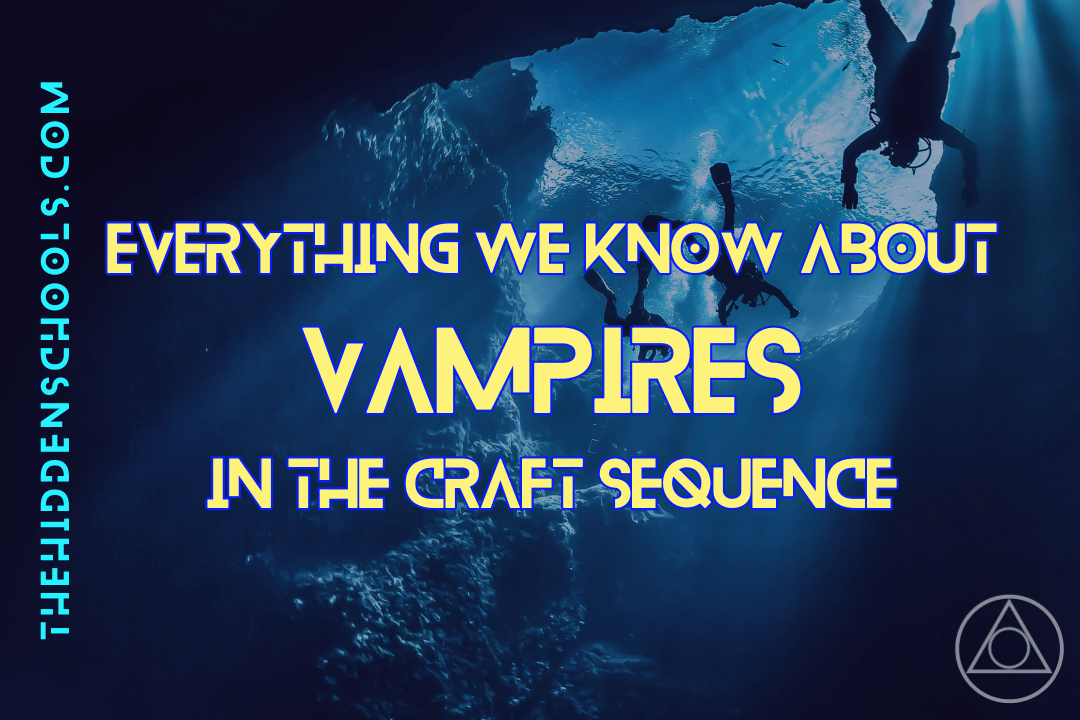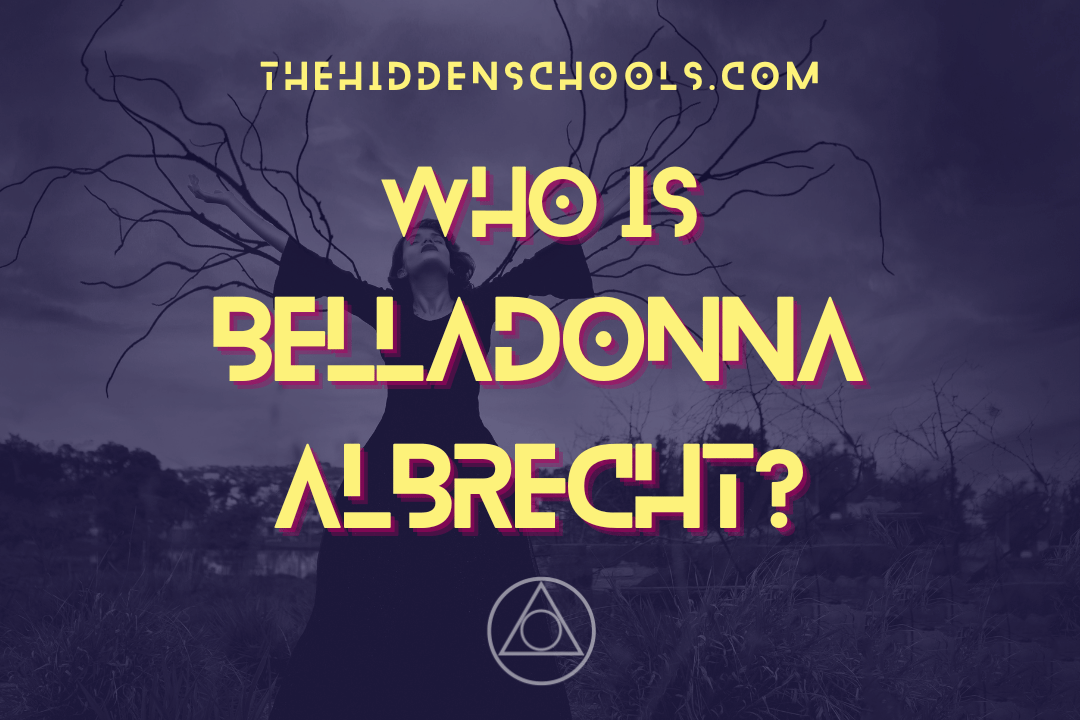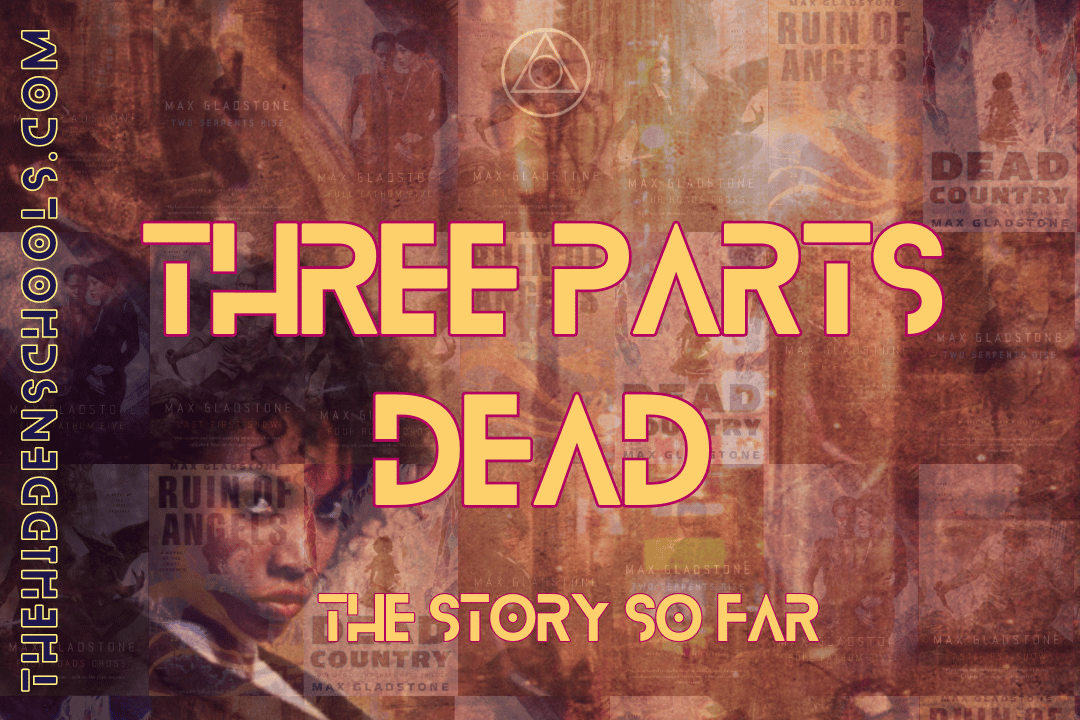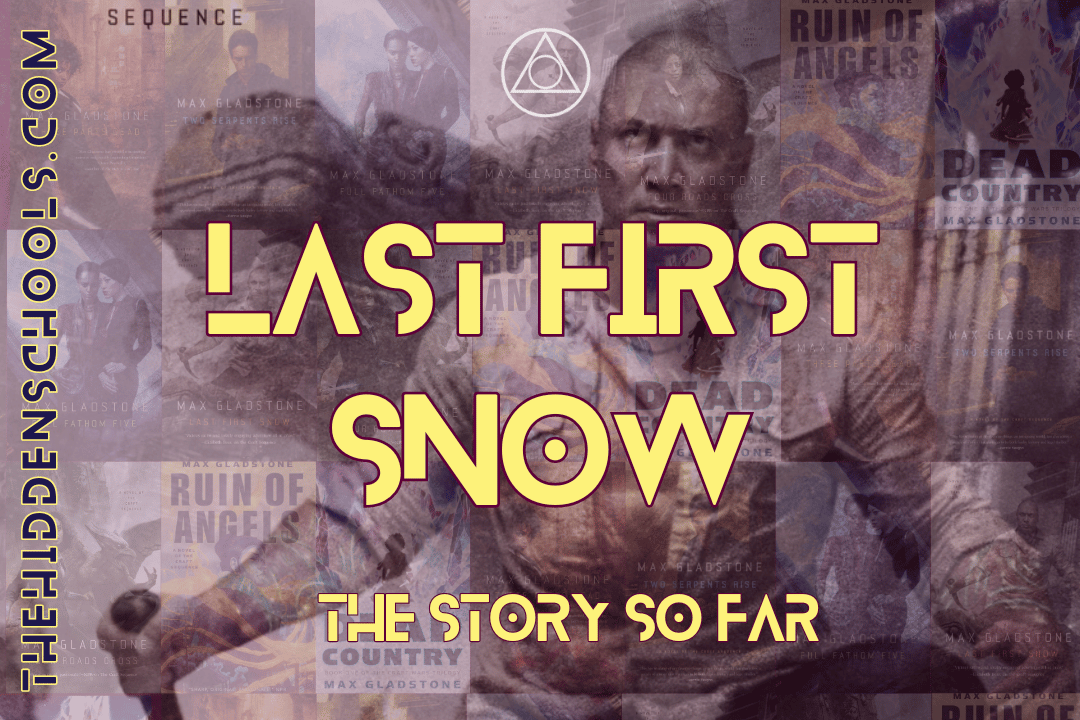Flight in the Craft Sequence
Flying is pretty cool. Magical flying is even cooler. Here’s an article all about flight in this Craft Sequence.
This week my little (6’4) baby brother turned thirty (I am not remotely okay about this) and as he is even more obsessed with planes than I am with the Craft Sequence, here’s an article about flight in his honour. Enjoy!
Dragons!
Dragons are the most obvious place to start, buuut I’ve already done that, in far too great depth. A couple of years back for Tor’s dragon week I rounded up every reference to dragons in the series, and then did a deeper dive on dragons as jumbo jets and weapons of mass destruction.
However, I do have information from Wicked Problems to add! So I shall do a little round up and then pop that in here. I also realised I was completely mistaken in how dragon jumbo jets work / look. So that’s fun.
Let’s get started. First up, Craft Sequence dragons are huge. Your-eyes-can’t-quite-believe-what-they’re-seeing-huge:
“A dragon crouched on the runway.
Even at this distance, its scale beggared thought. The road passing beneath the dragon’s left wing to the embarkation hall seemed no thicker than a hair at this distance. Word problems: Based on that proportion, estimate the size of the creature on the tarmac. Determine the width of those black shining scales, the curvature of those teeth.
Trick question. No number could match the beast. Math did not follow the mind down such dark roads.
The dragon faced west. The tail gave an earthquake twitch. Broad chains crisscrossed its back, supporting the gondola. The observation deck across its shoulders perches on hydraulics to keep level as the wings beat. Vast slitted eyes cast spotlight circles on the ground.
…
They ran past janitors mopping floors; the dragon eclipsed the sky outside the window. A deep rhythm pulsed through floor tiles. At first she mistook it for the thrum of ventilation or of escalator machinery, but they’d passed no escalator, and ventilation would be softer.
Heartbeat, she thought.”
We see here that there is a gondola, supported by chains criss-crossing the dragon’s back. This makes me think of Zeppelins (alternatively airships, blimps, dirigibles, choose your pleasure), which I imagined as being a large balloon with a gondola hanging from it; further research shows me that the passenger areas were actually in the bottom of the section I thought was a balloon. Alas for that.
I then realised that the quote above does not actually tell us that the chains across the dragon’s back dangled the gondola from them, but could actually be holding it steady on the dragon’s back. The observation deck is specified as being on the dragon’s shoulders, but the gondola could simply be further back rather than beneath. Have I mis-imagined dragon gondolas this entire time??
Reader, I think I have. When Tara leaves her cabin to go and chat with the dragon, she does not mention climbing up to the observation deck on the shoulders. She simply walks through corridors, reaches the deck, and goes out. She does some death-defying climbing once outside, but not before. When she is queuing up in the airport to board the gondola, she is also on a gantry, which is an overhead bridge-like structure. If the dragon is on the ground, and the gondola is (as I originally assumed) next to it before it takes off, one would remain on the ground.
I tried and failed to draw the two ideas, but luckily I have a plush toy dragon lying around the flat, so I spent far too long constructing a cardboard ‘gondola’ and figuring out how to first dangle it then strap it from the dragon. Photos taken in front of my Conspiracy Wall ™ because of course. Enjoy:
What I thought was going on
What I think is going on now
HOW have I read these books SO many times and still find new details when I decide to write an essay?
Let’s recap a bit more about dragons as planes.
We see two different ways of travelling. On her way to Agdel Lex, Kai is in a small row of seats with tray tables like on a flight we’d expect. Tara has a cabin on her way to Dresediel Lex, and again when she returns home to Edgemont, which feels more like a cabin on a boat or long distance train. I speculated that this was the difference between business class and economy last time, which was pretty much confirmed in Wicked Problems:
“He wove through the packed economy seats, through the refreshment hall and the observation deck, to the private compartments, stumbling at every turn and asking directions from harried flight staff, until he found compartment 4-C.
”Tara,” he said, “it’s me.”
Silence answered him.
He imagined Tara trying to climb out the window—but of course the windows on a dragon gondola didn’t open like that.
He pressed on. “I know you think you have to do this alone. But I’m here know. And I’ll stay here. Until the flight attendants come to drag me back to—” He checked his ticket. “Sub-Economy Seat 28-B?”
Not only confirmation of different classes of ticket, but also a layout for the entire gondola! And that we don’t just have economy, but sub-economy. A rough floorplan, based on what we know so far, would be something like:
Golemwings
Once again, in the previous essay I speculated about long haul versus short haul flights and if there was any difference. Whilst that isn’t completely confirmed, we do have full confirmation that there are non-draconic planes in the Domain: golemwings.
First of all, golems. We have a decent amount of intel about golems and golem-transports, but not the exact specifics of how they work. In the Craft Sequence, golems are machines, which may or may not be controlled by demons under strict contract. We know one golem by name: Zack, who worked for Kelethres, Albrecht, and Ao in Last First Snow and worked solo by the time of Wicked Problems. There’s a great physical description in Last First Snow, but I’ll save that for a later golem-specific essay. For our purposes, this description in Wicked Problems is more pertinent:
“A golem was a shell of Craft and clockwork made to provide embodiment for those visitors from other realities that were called here, demons. They were true dual,ists, their bodies—their metal ones, anyway—as distinct from the occupying mind as a puppet from its puppeteer. Zack might add limbs or subtract them, might adjust the number of his eyes or the speed of his clockwork heart, with minimal effect on his underlying psychology.”
So, a golem is a metal and clockwork machine housing a demon’s consciousness. We read in Dead Country “a golem shaped out of clay, and baked and worked with magic until its skin could shatter steel,” which harkens back to Jewish myths about golems in our world. We know such a body is not required for demons; we see R’ok in what appears to be, if not his original body, then at least one that is more demonic. We’ve also seen demons take over human bodies (hey Daphne, hey Ash).
And it isn’t clear if golemwings (or golemcarts, or golem-anything else) have a demon consciousness, or if golem has simply become a word for metal machine. Or clay-turned-hard-enough-to-shatter-skin machine. Dead Country shows us a little more when Tara and Dawn encounter a golem truck at the Tellurian Annex:
“A great tread-wheeled metal box swelled in the shadows Tara’s knife carved from the dark: a golem truck, dusty but intact. The golem yoked to it had seen better days, its crystals drained, its enchantments rusty.”
So there definitely is a physical golem attached to the truck, but if it housed a demon that demon is long gone.
Golems are mentioned on and off throughout the series, but it isn’t until Wicked Problems that we get an influx of ‘golemwing’ references. Well, twelve. But that’s way more than we had before.
We see that there is a “golemwing deck” at the spirecliffs site, where Caleb and a bunch of reporters meet Eberhardt Jax, who is brought to shore from his yacht in a “Haight-Kepf golemwing” (Wicked Problems 13). We are then told that Kai “took a golemwing to Halealoa, then light rail across the island to another golemwing, to a speedboat” (Wicked Problems 44). At this point I thought a golemwing might be a boat, bigger than a speedboat but smaller than a yacht.
Our next reference specifies golemwing “landing platform” (Wicked Problems 46) which makes me think more of something that flies, and then on the same page we’re told about “the open nose cap of the ZF-280 front-loaded cargo golemwing.” These make me think more of a plane, but again it isn’t quite clear.
But then! Chapters ten and sixteen give us a bit more clarity. First we hear that Jax’s yacht has a “golemwing deck” (Wicked Problems 98) which sounds like a helicopter landing pad. And then we get actual proof, which greatly helps my own mental state, thank you Gladstone.
“Caleb stared out the golemwing’s window into the gnashing cloud of bugs.
Somewhere down there, according to Abelard’s sources, should be a platform called the Arsenal.
…
The golemwing’s landing blew eddies off ash off the remains of a huge bonfire.”
This feels helicopter-ish to me, but when we get our final reference to a golemwing in the context of private flight, it feels more like light aircraft. Perhaps it can be both - or, at least, a golemwing can serve the same purpose as both of those means of flight in our world. Kai and Tara arrive in Chartegnon airport in a golemwing, making it absolutely clear that these things fly:
“She grimaced in the mirror of the golemwing’s cramped bathroom. Outside the porthole windows lay Chartegnon. Or at least, the Chartegnon airport.
...
“Private flights aren’t subject to the same scrutiny as commercial.”
This had been news to Tara when Kai explained her plan for reaching Chartegnon. Arrive in a luxury golemwing, and ninety-nine times out of a hundred the airport would send a flunky to glance at your papers and wave you into the country. ”
Golemwings seem to be private versus commercial rather than long versus short haul, which I had pondered in the dragon article. There are, after all, means to disembark a dragon flight outwith its formal stops (see: Tara leaping from the sky over the Badlands in Dead Country).
Air traffic in Dresediel Lex: Couatl, Optera, and airbuses
Flight is incredibly common in the Deathless Kingdoms, we hear, and we see this borne out in Dresediel Lex. The skies above the city are choked with traffic: airbuses (the practicalities of which are not really described, but I’m going to fill the gaps in with golemetrics), Couatl and optera.
What are those latter two, I hear you ask, as though you have not read the books in question. I’m glad you asked.
“A beast half serpent and half bird crouched on his roof, wings flared. The Couatl had a snake’s face, a crest of red and yellow and green feathers, and a vulture’s all-encompassing black eyes. Another Warden sat in a saddle on the creature’s sinewy neck.
...
Couatl had once been sacred birds, before Craftsmen claimed and changed them.”
Couatl are intimidating creatures, both a means for faceless Wardens to travel around the city and a weapon in their own right. We hear that “a Couatl could outpace Caleb in the air, read a newspaper three miles away in the dark, track a rat in its nest or a man in a mob” (Two Serpents Rise 74), have subsonic roars, and are one of the few things to put the fear of gods (or Deathless Kings) in seasoned protestors. As well as the evocative description above, we learn they have “long crocodile-toothed heads” (Two Serpents Rise 155), and when Caleb is sort-of-but-not-quite arrested, “invisible cords lashed his arms to his sides and his legs to the beast’s back” (Two Serpents Rise 91).
In battle they are formidable. Mal sees them as “black serpentine streaks striking with arcs of lightning, with silver spears and nets of green thread” (Two Serpents Rise 325). We are also shown in at the Skittersill Rising that Couatl can be clad in Craft to become invisible to those they attack, those on whom they descend “ravening”, which is quite a horrifying description.
And they once belonged to the gods. Elayne Kevarian questions whether they dream, whether they remember their old lives. Kopil assures her they are merely beasts. But who can be sure?
Couatl are terrifying, but far from the most common sight in Dresediel Lex’s skies. If Couatl are the police cars, then optera are taxis.
“Mal raised her hand. A four-foot-long dragonfly fell from the sky with a whir like a thick book’s pages being fanned, and landed on Mal’s outstretched arm. Translucent wings split sunlight into a rainbow haze. Another dragonfly landed on Caleb’s shoulder, bowl-sized eye inches from his face. He flinched, and resisted the urge to brush the insect away.
“You don’t take fliers often?”
“Isn’t the airbus good enough for you? These things,” he said with a flick at his opteran’s exoskeleton, “are expensive.”
Optera were descended from smaller bugs the gods and priests had used to ferry packages across the city. After Liberation, Craftsmen swelled the creature’s size, gave them unnatural strength, and changed their diet. Instead of other bugs, fliers fed on the souls of those they bore aloft.
…
She lifted the opteran to her shoulder. Joints clicked as it crawled over her. Two long limbs latched under her arms. Two circled her waist, and two her thighs. Translucent wings spread from her back. She wore the creature as a mantle, its monstrous head rising above her own.”
Features like this are part of what makes Dresediel Lex feel, at least initially, far more magical than Alt Coulumb. And its all part of Gladstone’s expert worldbuilding: in the passage above we learn about two characters, the history of the city, some weird magical stuff that seems cool, a connection to a deeper theme about selling one’s soul, and get giant dragonflies.
In Last First Snow we see the danger of the soul sucking flying taxis. Excised from the quote above is reference to an urban myth about young Craftsfolk getting distracted on their joyrides and having their souls sucked away entirely. This very nearly happens to Mina, Caleb’s mother, in Last First Snow when she is on a desperate flight with an almost dead son in her arms, speeding away from murderous creatures intent on destroying her. We hear that “the opteran sucked Mina’s soul, a slight slowing of the mind, perceptions grayed, and emotions dulled” and “she’d lost too much soul already” (Last First Snow, chapter 49). She directs her opteran through a link “not so much psychic as gustatory.”
Everything Craft touches is hungry.
Flying of one’s own accord
Of course, if you have direct access to magic - Craft or Applied Theology, both suffice - you can simply take to the air yourself. Craftsfolk quite like flitting about; Tara and Daphne both comment on the fact they can’t fly in Alt Coulumb, battles often take place in the sky, and of course they sent their educational institutes to the clouds. We see priests and sacrifices given wings and taking flight in battle for their respective gods. Gargoyles, the children of Seril, fly around their city and carve sacred poetry that can only truly be read from the air.
It would probably be easier to list the characters we haven’t seen fly of their own accord in the series. I guess possibly Raz? But judging from recent vampiric developments, that might not stay true for long. Tara’s mother Valentine, and her lover Connor - the rare characters that have neither aptitude for the Craft nor some kind of religious calling.
But I think that’s for another essay. I’m already late for my brother’s birthday (not that he’ll read this essay, bless him). So I shall end our summary of flight in the Craft Sequence here, and wish you an excellent flight the next time you find yourself taking to the skies.
What do you think? Let me know - and don’t forget you can subscribe to be the first to hear about new articles and fun projects in the pipeline. Like what we do here? Tips welcome on ko-fi to help pay for the site!






